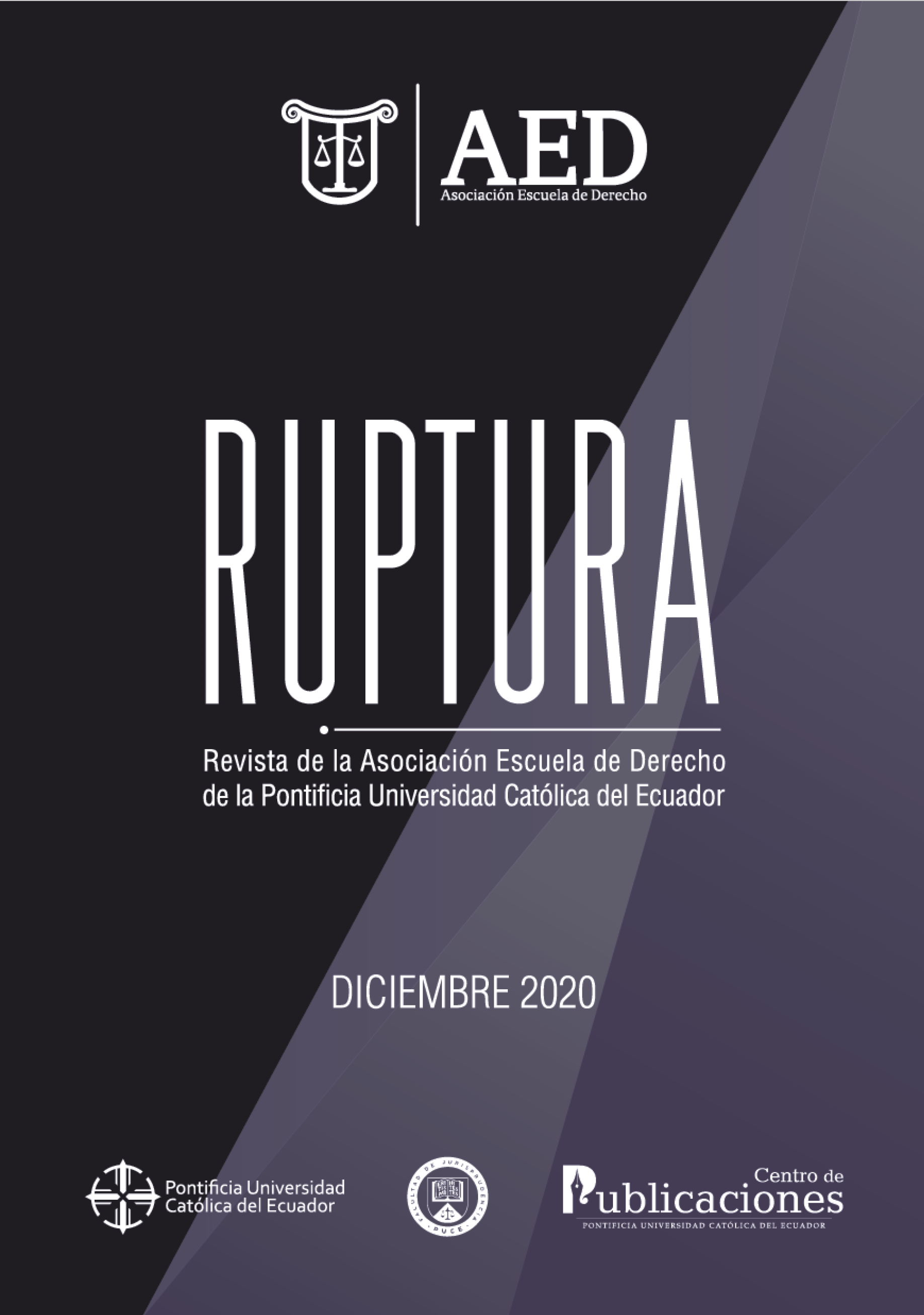Protection and Biotechnological Improvement in Ecuador
Main Article Content
Abstract
This article contrasts the improvement and protection of Intellectual Property in terms of changes in the productive, economic and political sector in Ecuador with a specific branch of the aforementioned subject called "Plant Varieties". In order to direct the object of this investigation, the article will focus on the analysis of fundamental concepts, the recognition of the applicable regulations and also the competent department, in the specific case the SENADI will be analyzed, which among its functions is to guarantee the acquisition and the exercise of IP rights in accordance with the Organic Code of the Social Economy of Knowledge, Creativity and Innovation. As a contribution to its effectiveness, it is also important to emphasize the importance of the article with the Economic Analysis of Law with respect to the recognized rights and with the importance of its applicability, this with the aim of establishing a path for the strengthening of rights and thus generate a positive economic impact on Ecuadorian society.
Downloads
Article Details

This work is licensed under a Creative Commons Attribution-NonCommercial 4.0 International License.
References
El Universo. (2018). Transgénicos son ilegales en sembríos, pero sí se consumen en Ecuador. Guayaquil, Ecuador: El Universo. Recuperado de https://www.eluniverso.com/noticias/2018/09/16/nota/6954224/transgenicos-son-ilegales-sembrios-si-se-consumen-ecuador
García, A. y Zavala, D. (2017). ¿Qué es el análisis económico del derecho? Derecho en Acción. Recuperado de http://derechoenaccion.cide.edu/que-es-el-analisis-economico-del-derecho/
IEPI. (2015). La Propiedad Intelectual en el Ecuador. Video. Recuperado de https://www.youtube.com/watch?v=Vx9CwIsMXUA
Massot, J. (2006). Análisis Económico de los derechos de propiedad intelectual en semillas. En: Innovación y propiedad intelectual en mejoramiento vegetal y biotecnología agrícola. Buenos Aires, Argentina: Heliasta
Navarro, J. (2019). Propiedad Intelectual – Ecuador. Video. Recuperado de https://www.youtube.com/watch?v=5Z1dIrMTxrc
OMPI. (1967). Organización Mundial de la Propiedad Intelectual.
Portafolio. (2008). Avanza la biotecnología en América Latina, 10 países de la región la utilizan entre 23 del mundo, según IICA. Portafolio. Recuperado de https://www.portafolio.co/economia/finanzas/avanza-biotecnologia-america-latina-10-paises-region-utilizan-23-mundo-iica-274712
Rapela, M. (2006). Características de la propiedad varietal general y de la oferta de semillas de trigo y soja en Argentina. En: Innovación y propiedad intelectual en mejoramiento vegetal y biotecnología agrícola. Buenos Aires, Argentina: Heliasta.
Robledo, P. (2006). Los derechos del obtentor de variedades vegetales en Colombia. Bogotá, Colombia: Universidad Externado de Colombia.
SENADI. (2013). Obtenciones Vegetales. Quito, Ecuador. Recuperado de https://www.derechosintelectuales.gob.ec/obtenciones-vegetales/
SENADI. (2019). Gaceta 647: Estadísticas 2018. Recuperado de http://gaceta.propiedadintelectual.gob.ec:8180/Gacetas/647/#p=1
VI. BASE LEGAL
Asamblea Nacional del Ecuador. Código Orgánico de la Economía Social de los Conocimientos, Creatividad e Innovación. [Código 1 de 2016]. (1 de diciembre de 2016). RO. 899 de 9 de diciembre de 2016.
Asamblea Nacional del Ecuador. Ley Orgánica de Agrobiodiversidad, Semillas y Fomento a la Agricultura Sustentable. [Ley 0 de 2017]. (8 de junio de 2017). RO. 10 de 8 de junio de 2017.
Congreso Nacional del Ecuador. Ley de Propiedad Intelectual. [Ley 1 de 2006]. (28 de diciembre de 2006). RO. 426 de 28 de diciembre de 2006.
Constitución de la República del Ecuador. [Const.]. (2008). 2da. Ed. CEP.
Presidencia de la República del Ecuador. Decreto Ejecutivo 356. (3 de abril de 2018). RO. de 3 de abril de 2018.

